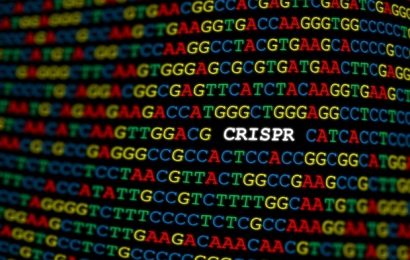
Being an only child is a “disease in itself,” according to 19th century psychologist Stanley G. Hall. Even though Hall’s views and scholarly research methods have been questioned and criticized, only children’s reputation as spoiled, overprotected and lonely has persisted ever since.
If you’re the parent of an only child, you may have had worries about how growing up without siblings may affect your child’s social skills. But research has found that only children are not different from their peers with siblings when it comes to character and sociability.
My own research with colleagues found that when looking at how children performed in cognitive tests, only children tend to be similar to children growing up with one sibling.
What’s more, we wanted to find out whether only children’s differences or similarities to children with brothers and sisters might have more to do with their parents’ characteristics than whether or not they have siblings.
We found that only children’s cognitive development by age 11 is more affected by things like their parents’ relationship and their family’s socioeconomic status than whether they have brothers and sisters. What financial and emotional resources there are in the household overall might matter more in determining children’s life outcomes than how many children they need to share these resources with.
Family structure
The study relied on data from the British cohort studies. These are nationally representative surveys which follow the lives of groups of 5,362 children born in 1946, 17,416 born in a single week in 1958, 16,571 born in a single week in 1970 and 19,244 born around the year 2001 in Britain. The data collects extensive information on the group members and their families, including the parents’ level of education, social class and family structure.
To measure children’s development we looked at results from cognitive tests the children in the study took at age 10 or 11. These tests assessed their verbal skills.
Only children showed similar cognitive scores to children from two child families, and higher scores than children growing up with two or more siblings. Nonetheless, the only child “advantage” appeared to be weaker in the 2001 group compared to the older groups.
We were able to show that the variation we observed across generations could partially be attributed to the changing characteristics of only child families. We found that single-child families in Britain, on average, tend to be better off. However, over time being an only child has become more associated with potentially disadvantaged conditions, such as growing up with separated parents.
The changing composition of single-child families helps to explain why, compared to the past, only children nowadays show a smaller advantage compared to children growing up with siblings.
Changing the narrative
Taken together, the results suggest that having or not having siblings does not have a large impact, or at least has a smaller one compared to other family characteristics. For example, our research showed that growing up in a disadvantaged household appears to carry a larger effect on how children performed in the cognitive tests than being an only child versus growing up with siblings.
The results also suggest that it is time to shift away from the perspective of only children as a single group sharing particular traits.
We should instead embrace the idea that there are likely a variety of different pathways into having an only child, which include having an only child by choice or because of external circumstances. These pathways, in turn, matter for and shape children’s outcomes and life trajectories.
Being an only child is not a timeless concept and experience. It depends on changes in societies and to the diverse set of families who have only children. This shift in our approach to how we see and study only children will not only increase our understanding but also help to debunk stereotypes which still persist in general society.
Provided by
The Conversation
This article is republished from The Conversation under a Creative Commons license. Read the original article.
Source: Read Full Article


